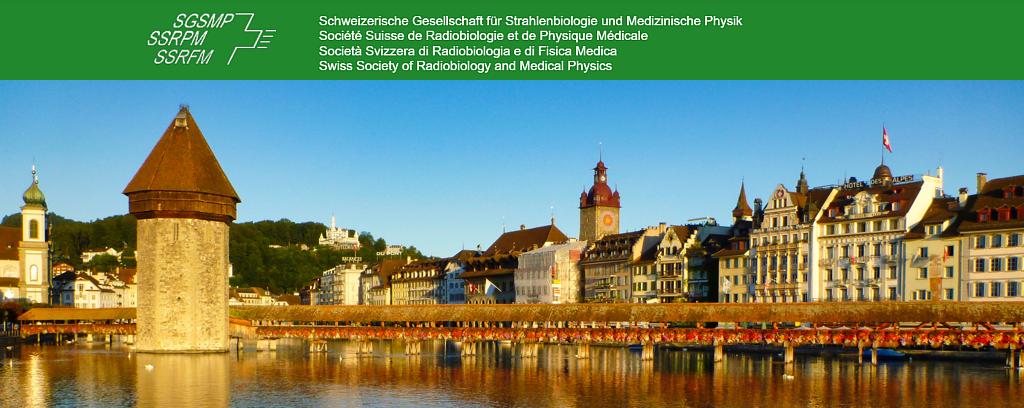Speaker
Description
Purpose
In-vivo range verification of proton therapy with PET provides a unique opportunity for 3D verification of treatment fields delivered to patients. In-beam and inter-field imaging is possible with use of an open-ring design, allowing uninterrupted delivery of treatment fields. We present the first proof of concept measurements for full in-beam and inter-field imaging using the recently designed open-ring PETITION PET scanner.
Methods
The current detector design is mountable in fixed imaging positions in Gantry 2 at PSI, whereas future clinical use would require manoeuvring between delivery of treatment fields, allowing seamless integration in clinic without loss of treatment quality. We simulate this possibility using a head phantom mounted to a rotatable jig. We deliver 3 treatment fields of 1 Gy RBE to a spherical target defined in the brain. The PET scanner acquires coincidences during the entire treatment period. Following delivery of each field the head phantom is rotated to a new position. The coincidences following each treatment field are then used to reconstruct images of the activity induced within the phantom.
Results
Reconstructed images following each field agree with the expected activity within 5mm in the distal fall off. We record coincidences for 15-20 minutes following each field, and record $1.4\times10^6 - 2.6\times10^6$ total coincidences during each period. Between $5.0\times10^6 - 7.4\times10^6$ (28-38%) of these counts occur in the first 2 minutes following each field. The rotation between delivery of each field significantly reduces the spatial distortion in the reconstructed images due to the opening. Measurement of the distal fall-off of multiple treatment fields allows for verification of CT predicted stopping power.
Conclusion
We have shown first measurements from the PETITION open-ring scanner for full treatment imaging of proton therapy. A rotatable design, either for gantry patients which rotates with the gantry to the next treatment position, or as a part of upright treatments with a fixed beam line and moving couch, provide imaging which may help reduce uncertainties in proton therapy.

